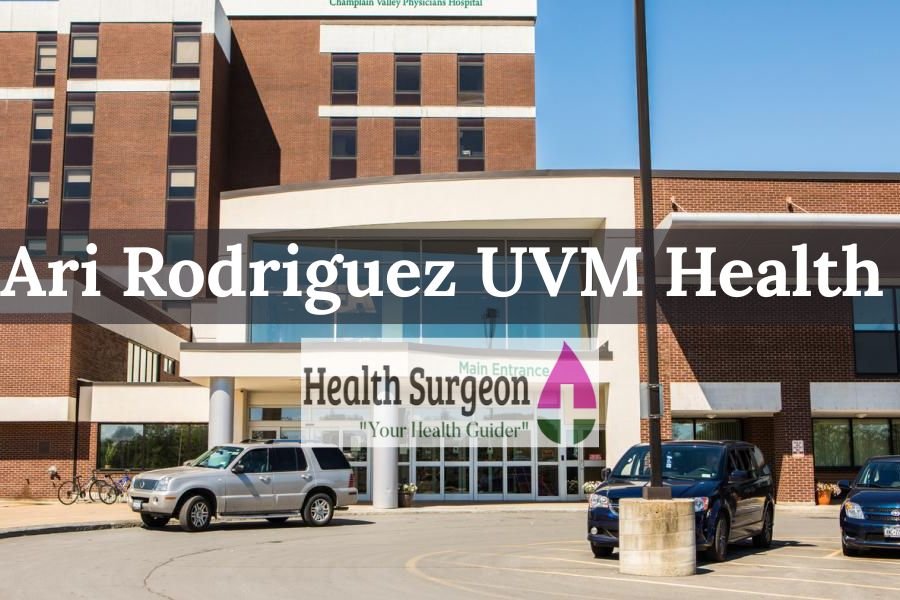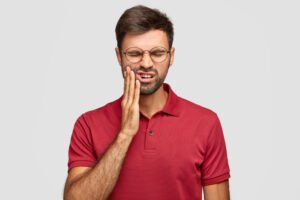Chiropractic Care for Car Accident Injuries: A Natural Path to Recovery
A minor fender-bender can disrupt more than a morning commute. Even low-speed collisions jolt the spine and the delicate network of muscles and nerves that keep the body balanced. Adrenaline often masks pain in the first few hours, so people carry on—until headaches, neck stiffness, or shooting arm pain sets in days later. That delay makes post-crash care tricky: by the time discomfort appears, soft-tissue inflammation and small spinal misalignments may already be limiting the body’s ability to heal itself. Chiropractic care offers a gentle, drug-free way to realign, restore, and help the nervous system do its job.
Understanding Hidden Injuries
Whiplash is the classic example. When the upper body stops suddenly, the head continues moving, snapping the cervical spine back and forth like a whip. Micro-tears form in ligaments; tiny joints become irritated; nerves can pinch. Because there’s no obvious bruise or fracture, many people skip evaluation—only to discover weeks later that persistent neck pain is radiating into the shoulders or tingling down the arms. Chiropractors look for these subtle patterns. A thorough exam, range-of-motion testing, and, if warranted, imaging help identify minor joint restrictions or muscle guarding that standard emergency-room screenings may overlook.
How Chiropractic Supports Natural Healing
The spine is more than a column of bones. It’s the main highway for the central nervous system. When vertebrae are slightly out of alignment—what chiropractors call subluxations—nerve signals can be distorted, muscles tighten defensively, and inflammation lingers. Gentle adjustments aim to restore normal motion between joints, reducing pressure on nerves and encouraging better blood flow to injured tissues. Unlike pain-relief medications that mute symptoms temporarily, an adjustment works to correct a mechanical problem so the body can repair itself more efficiently.
Soft-tissue therapies often complement spinal work. Techniques such as myofascial release or instrument-assisted scraping break up scar tissue before it becomes rigid, improving flexibility and decreasing post-injury stiffness. Targeted stretching and strengthening exercises round out the plan, teaching injured muscles to activate correctly and support healthy posture long after the treatment table.
Benefits Beyond Pain Relief
One of the biggest advantages of chiropractic care is its cumulative effect. Adjustments build on each other: as spinal motion improves, inflammation subsides, allowing deeper muscles to relax and heal. Patients frequently report better sleep, fewer tension headaches, and improved concentration once nerve irritation calms. Because the approach is non-invasive, there is no downtime for wound healing or risk of medication side effects. For those who prefer to avoid opioids or lengthy drug regimens, chiropractic offers a practical alternative that still addresses root causes.
Early care can also streamline insurance or legal documentation. Detailed chiropractic records often include objective measures—range of motion, strength testing, functional scores—that demonstrate functional impairment and track recovery progress. That information can become invaluable when validating a claim or coordinating with other healthcare providers.
What a Typical Post-Accident Plan Looks Like
Care begins with a consultation to discuss crash details, current symptoms, and any previous issues that might influence recovery. The chiropractor then crafts a phased treatment schedule:
Acute Phase (Days 1–14): Frequent, gentle adjustments calm inflammation and restore basic joint movement. Ice, laser therapy, or ultrasound may be added to reduce swelling.
Rehabilitation Phase (Weeks 2–6): Visits taper as mobility improves. Soft-tissue work targets lingering muscle knots, while guided exercises rebuild stability.
Strength & Maintenance Phase (Weeks 6+): Focus shifts to correcting posture habits, strengthening core muscles, and teaching ergonomic strategies for work and driving so old injuries don’t resurface.
Every injury—and every body—is different, so timelines vary. The key is consistency: sticking to visits and doing prescribed stretches at home accelerates progress.
Stepping onto a Healthier Road
Car accidents shake both vehicle and body out of alignment. Ignoring subtle aches can allow minor injuries to evolve into chronic pain that shadows everyday life. Chiropractic care offers a proven, natural path forward—one that respects the body’s innate ability to heal when structure, movement, and nerve communication are balanced. Whether you’re dealing with sharp neck pain, stubborn headaches, or an uneasy feeling that things “just aren’t right,” consider letting skilled hands guide your spine back onto the road to recovery.
This post was written by a professional at LiveWell Chiropractic. LiveWell Chiropractic, led by Dr. Travis Fisher, a Palmer College of Chiropractic graduate, specializes in auto accident and sports chiropractic care for athletes. Located within Ortho Integrative Medicine, we provide expert, natural treatments for patients of all ages. Our services include chiropractic adjustments, rehabilitation therapies, and personalized exercise programs designed to promote recovery and long-term wellness. Whether you’re healing from an injury, seeking an auto accident chiropractor Palm Harbor FL, or aiming to enhance athletic performance, our patient-centered approach ensures the best care possible. Contact LiveWell Chiropractic today to experience expert chiropractic care for pain relief, mobility, and peak performance!
Share this content:














Post Comment